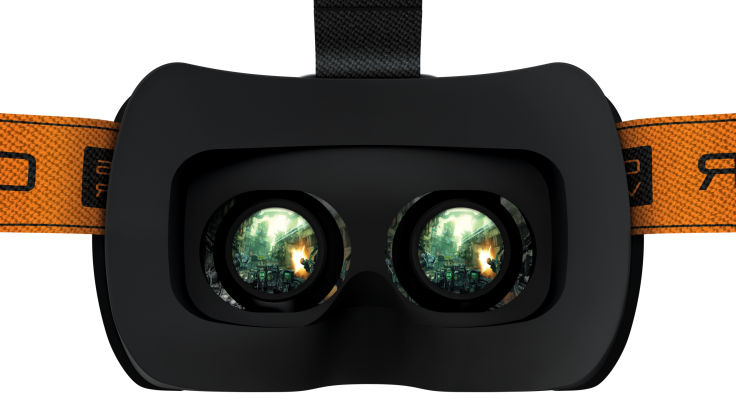Razer Will Sit Out The VR Revolution, For Now

For PC gaming enthusiasts, black and neon green represent a quality mouse or keyboard that meets their high standards. Those are the colors of Razer, a California company valued at $1 billion. Its customer base would easily spend a few hundred dollars on a new virtual-reality headset and owns computers that already meet the specifications recommended by Facebook's Oculus or HTC's Vive. But instead of diving into the first wave of VR, Razer is backing an open-source approach in an attempt to become the "Android of virtual reality," according to CEO Min-Liang Tan.
With the launch of three consumer headsets, 2016 could mark the beginning of a VR revolution that could radically change how we experience movies, games and, perhaps, life. Facebook's Oculus is shipping its $600 Rift headset in the next few weeks. HTC's $800 Vive begins shipping in April. Both companies are using PCs to power their headsets, but Oculus and HTC recommend users upgrade their computers for the best VR experience. Sony's PlayStation VR is also slated for release in the first half of 2016, but the Japanese electronic giant has not announced a price or official launch date for its entry into virtual reality. Unlike the Rift and Vive, the PlayStation VR will run on the PlayStation 4. Cheaper options such as Google Cardboard and the Samsung Gear VR provide a lower barrier of entry into immersive experiences.
Even at its inception, with only a handful of products, many analysts expect VR to be a billion- dollar industry with steady growth over the next decade. The worldwide market for VR gaming is projected to reach $5.1 billion in 2016, according to industry research firm SuperData Research. Looking at the road ahead, Goldman Sachs predicts the VR/augmented reality market could reach $80 billion by 2025.
Despite the potential windfall, Razer is fine with waiting to enter the market. "We believe it’s going to be a big category, it’s going to be a big platform, but we know it’s some time away. In 2016, you’re going to see a few consumer devices, but it’s still going to be a ways away before mass adoption," said Tan in an interview with International Business Times.
Instead of partnering with another company or creating its own headset, Razer sees its opportunity to be a major player by harnessing the power of open-source development. Razer is a leading partner of Open Source Virtual Reality (OSVR), launched in 2015, a consortium featuring 300 partners including Intel, Nvidia, game studio Gearbox Software and Leap Motion. The open-source software and hardware ecosystem features 110 game developers, 19 VR headset developers and 14 partners working on cinematic VR experiences. Instead of one company handling research and development or technical support, OSVR has 300 potential innovators and troubleshooters.
The OSVR Hacker Dev Kit is a $300 headset with a 1080p OLED panel and a built-in camera. The OSVR headset also works on midrange computers, according to Tan. Because it's open source, every component — from the straps to the faceplate to the camera — can be customized or improved. Additional functions can be added through the open-source software. Through this approach, Tan says the distracting screen-door effect — the visible lines between pixels when your eyes are too close to a screen — has been eliminated from the OSVR headset.
Tan likens the OSVR to Google's Android operating system. "If you look at it from an open- source perspective, the early Android was always behind the proprietary closed systems, but through the years, by leaps and bounds, it has become a better platform, in many instances than what’s out there," said Tan.
VR is not at the consumer-ready level where the experience is plug-and-play, according to Tan. "It’s not about being first to the market," said Tan. "We weren’t the first to gaming peripherals. With laptops, we only started three years ago."
There is a concern that, in the nascent world of VR, a competitor could become as synonymous with the technology as Xerox or Band-Aid did in their realms. But it's a risk Razer is willing to take. As for a Razer VR headset, it's coming "when it's ready," said Tan.
© Copyright IBTimes 2025. All rights reserved.




















